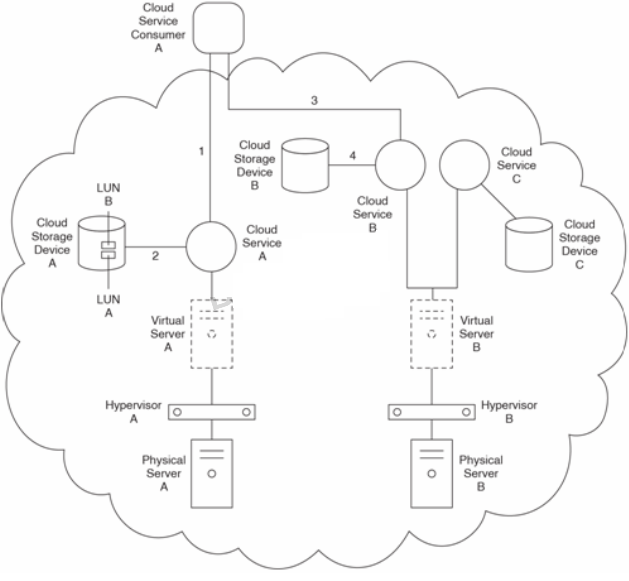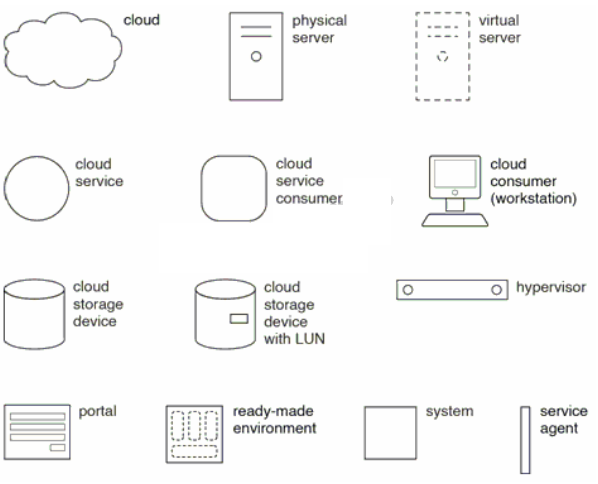Arcitura Education Exam C90.06 Topic 1 Question 6 Discussion
Topic #: 1
Cloud Service A requires access to Cloud Storage Device A, which contains LUNs A and B. Cloud Service A is hosted by Virtual Server A, which resides on Hypervisor A on Physical Server A.
Virtual Server B hosts Cloud Service B and Cloud Service C.
Cloud Service Consumer A accesses Cloud Service A (1), which then accesses LUN A or B on Cloud Storage Device A (2). After receiving the requested data from Cloud Service A, Cloud Service Consumer A forwards the data to Cloud Service B (3), which then writes it to Cloud Storage Device B (4).


Cloud Service Consumer A belongs to Organization A,
Organization A uses LUN A and LUN B on Cloud Storage Device A to store their important client account data. Cloud Storage Device A is a low-performance cloud storage device, which begins to cause performance issues as more data is added to LUNs A and B and as Cloud Service Consumer A performs data access requests more frequently. Organization A asks that its cloud architecture be upgraded to process increased quantities of data and higher volumes of data requests.
Organization A has been leasing a PaaS environment that it used to build Cloud Service A, which it would like to make available to the general public. Organization A needs to establish a system capable of monitoring usage of Cloud Service A for billing purposes.
The cloud provider is using a usage data collection and reporting system that gathers information on Organization A's hosted IT resources approximately ten hours after the time of usage. One day, Organization A attempts to retrieve information on whether Virtual Server B has available Cloud Service C instances. They discover that they are unable to obtain the current status of Virtual Server B. Organization A demands a system that provides instant availability reporting.
Which of the following statements lists the patterns that can be applied to solve these three requirements and problems?
Currently there are no comments in this discussion, be the first to comment!